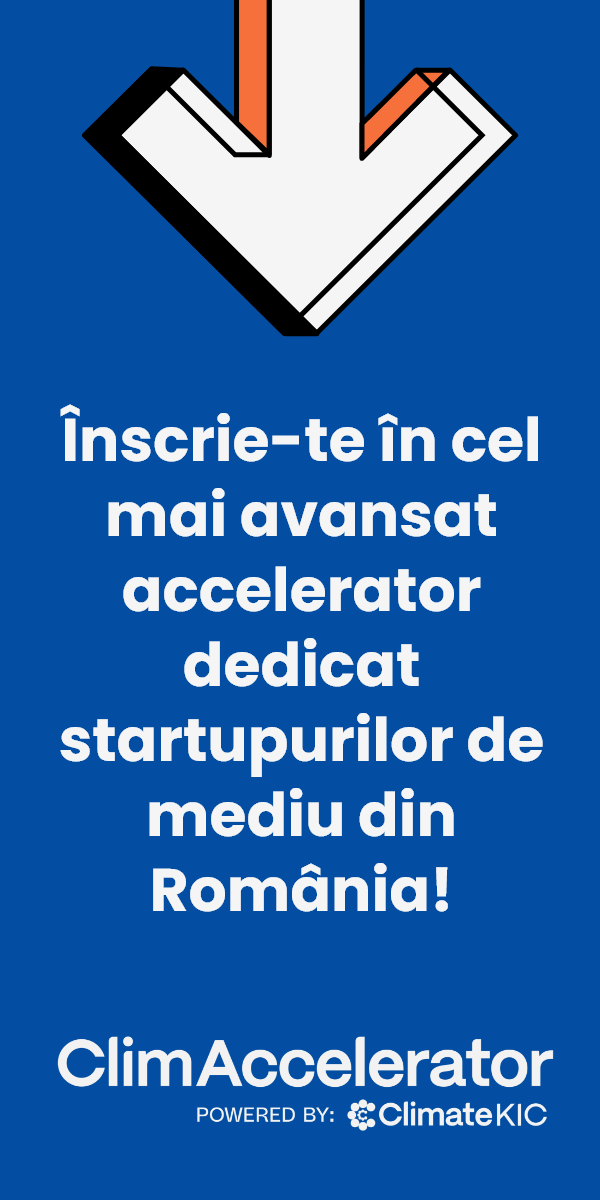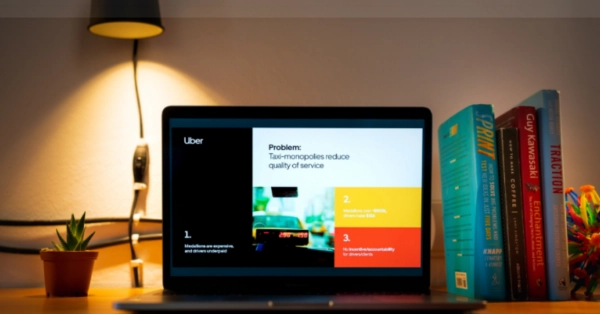You want to build a strong online presence for your project. Where do you start? Here are a few ideas.

Setting goals
You have a destination in mind while planning an itinerary. The destination is a collection of specified marketing goals you want to reach from your efforts while developing a digital marketing plan. These marketing objectives should be linked to your company's primary objectives. For example, if your organization's aim is to grow its customer list by 20%, your marketing goal should be to produce credible leads to help you achieve that goal.
Whatever your objective is, you must guarantee that you are tracking your progress. Perhaps your objective is to increase the number of email subscribers. Increased sign-ups would be your key performance indicator (KPI) in this situation.
Understand your target audience
You know how important it is to learn how natives interact when traveling; you don't want to appear like a weird visitor. Digital marketing initiatives are no exception. This entails knowing your target market, demographics, and the psychology of current and potential clients.
A potential buyer must go through numerous phases before making a purchase and, hopefully, becoming a long-term client. Although the phases may differ, they usually begin with brand awareness and education, progress to contemplation, and lastly to a choice and sales conversion.
Create Buyer Personas
The next stage in developing your strategy is to have a good comprehension of who your target audience is and what inspires them. This will be crucial in determining which marketing channels you can find them on, how they engage with them, and what they want to see from you.
Buyer personas should be narrowly defined. You don't want to just use the persona "working mums" and be done with it. You want "Working mother Jane, 25-29, with at least one child under the age of five, who lives in a middle-class family on a budget." She tries to be a good mother and wife, but she finds personal fulfillment in her career. She aims to live a healthy, natural lifestyle. "However, does a Domino's operate on busier weekday evenings?" This will reveal a lot more about your target audience, their problems, and what you can do to help them.
Always remember that the personalities you create should be founded on research. Have you had any success with a certain set of people? That's great, go after them! It is important to be detailed. Avoid misconceptions by using widely available tools like Facebook Audience Insights and Google Analytics to gather data.
Basic background information, such as work title and location, might help you identify these personalities. You should also figure out what this individual desires, such as a solution to a specific problem (one that your company can handle)! The next step is to figure out the best approach to contact this individual, which brings us to step four.
Establish buying stages
If you want to meet local craft beer lovers, go to the neighborhood bar. As a result, if you want to meet decision-makers in a certain sector, you'll need to decide where to look for them and what messaging to employ based on where they are in the purchase process.
While targeting decision-makers in desired customer sectors, the awareness stage might be focused on education and establishing expertise. Reach, impressions, and engagement might be KPIs for this campaign type.
By targeting consumers that interacted with your awareness campaign with a promo or value proposition during the decision stage, you may influence and reward them. This campaign's KPIs may revolve around lead generation. By retargeting previous website visits, the conversion stage would increase revenues. A meeting scheduled through a contact form or a signed contract/proposal might be the campaign's KPIs. You may more strategically achieve your marketing and commercial goals by organizing your campaigns to meet the customer where they are in their journey.
Analyze buyer personas. You've figured out who your target market is and how they buy, but now you need to figure out how to reach out to them.
If your customer persona is a 25-year-old girl who reads the news online, for example, Facebook could be the ideal way to reach out to them.
Choosing the correct digital channels might help you boost your return on investment. Because there are more marketing platforms than ever before, be deliberate about understanding where your buyer personas are and communicating with them through those channels.
Automation and Customization
As you have your campaigns up and going, you'll want to think about how you can make them even more impactful and effective.
More personalization and automation are two solid ways to do this. In many circumstances, the two can collide.
Your audience's individual activities might sometimes result in the most obviously tailored and appropriate marketing messages being given to them. This includes retargeting advertising that show consumers items they've already seen on your site, as well as triggered email autoresponders that show customers comparable products to what they've already seen.
Wherever feasible, employ audience segmentation, customization, and automation to develop targeted content for certain groups of individuals and their specific relationship with your company. They'll get the message at the perfect time, and it'll be extremely relevant to their current requirements. This will help you take your plan to the next level.
Elaborate your message
Create a message that will resonate with the people you're attempting to reach. Your campaign's voice and content should communicate to them in a way that they understand. This is when all of your earlier research and preparation come full circle.
You should know where to start the conversation once you've determined where they are in the sales funnel. If they don't know who you are (prospecting stage), you should start by establishing your expertise and earning their confidence.
You should know their pain points and be able to tell them how you can fix their problems if you've defined their buyer persona and are offering a service. You should know their interests if you're marketing a product.
Your audience will be a lot more open to what you have to give if you take the time to get your messaging correct, possibly even personalizing it.























